The Ije tribe of Benin, also known as Ohori or Holi, are a subgroup of the Yoruba people. This ethnic group live in the South-eastern Benin, in the surroundings of Onigboló, in between Pobe and Ketou. The Ije people are numbering 110,000 and their primary language is Ede Ije. Often, the Ohori people, together with Ifonyi, Awori and Ketu tribe are known collectively as 'Nagos' in Benin. Ije women have a distinctive way of self-fashioning; displayed in hairstyles, dressing and body decorations such as scarifications and tattoos.
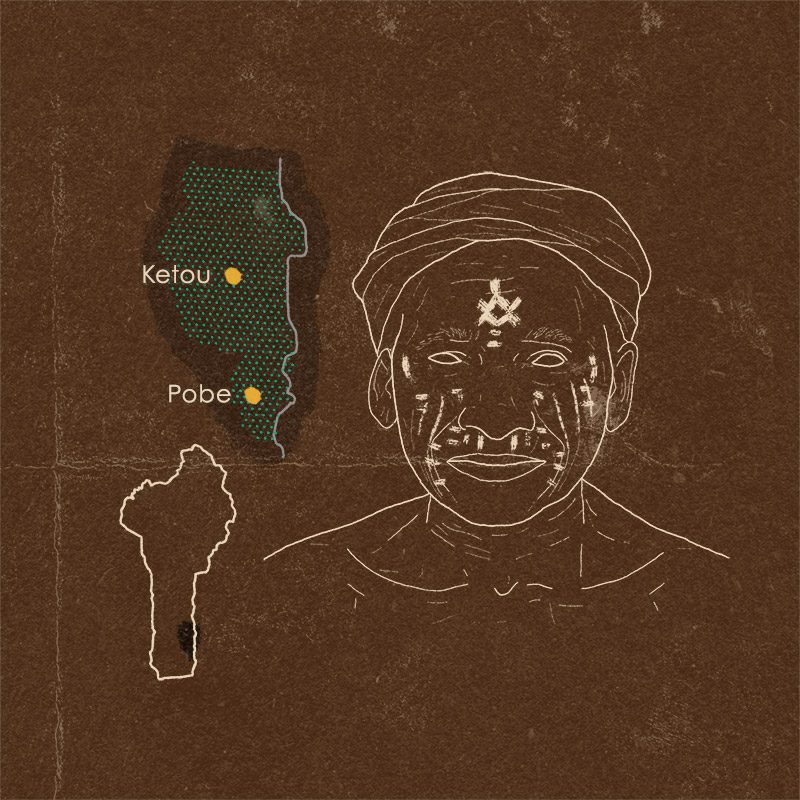
Location of the Ije tribe in the territory of Benin
Ecosystem
The Ije natural environment is a swampy/marshy waterlogged depression (Kumi swamp). Historically, the area had been a safe haven for people fleeing persecution from larger ethnic groups as the Ketu, Oyo and others. For that reason, they don't received the influence of Christian and Muslim missionaries. This fact has allowed to the Ije tribe continue doing facial and body tattoos and scarification.
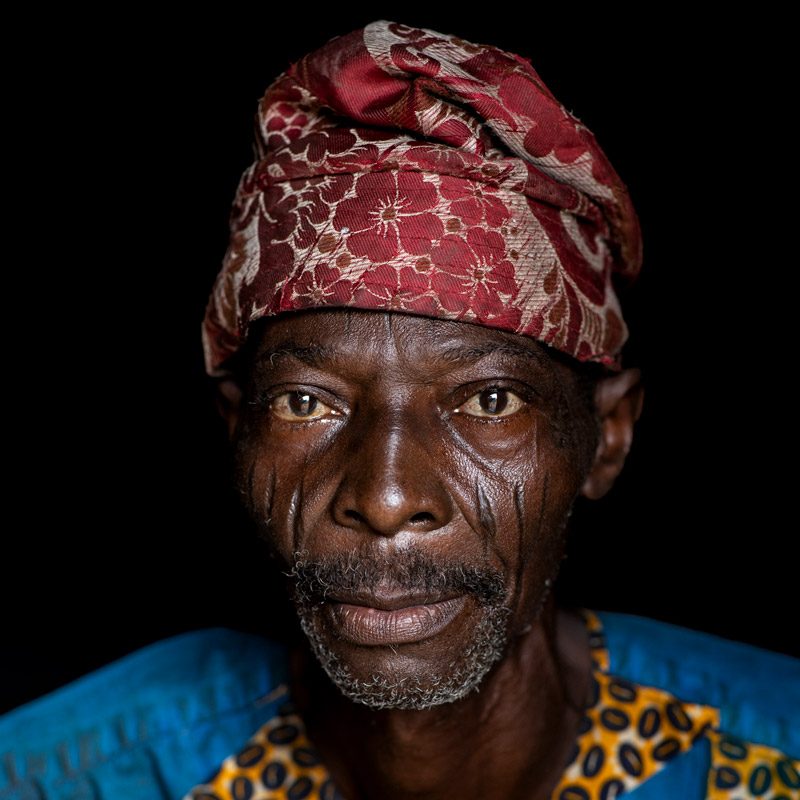
Meeting with Ije man with facial scarifications during trip to Benin
Ije economy
The Ije are artisans, agriculturalists and hunters. Their art can be observed in their beautiful bamboo homes, their baskets, pottery and sacred wooden masks and reliquaries.
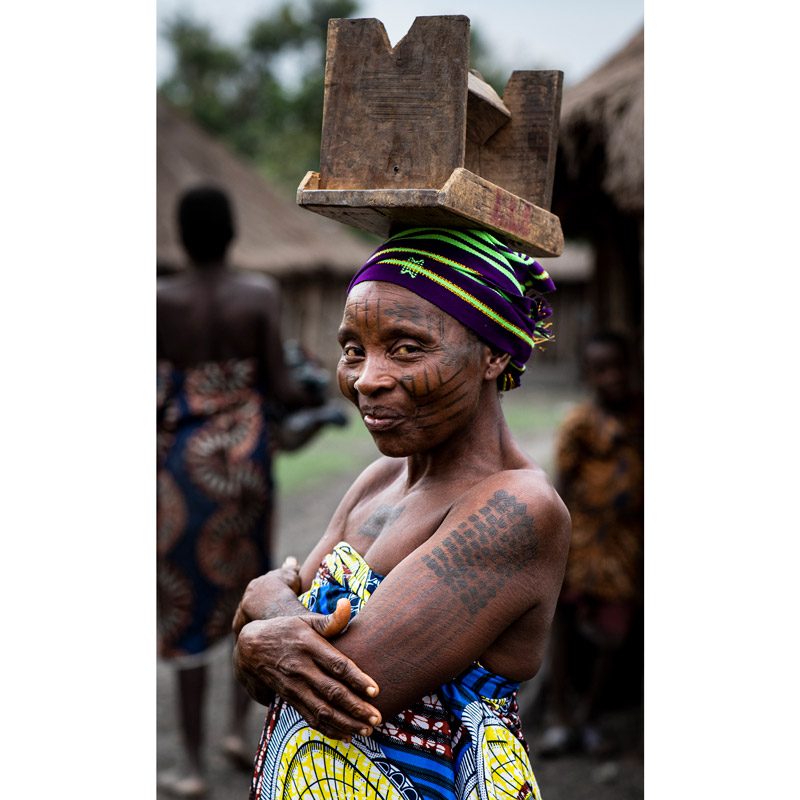
Woman from the Ije tribe carrying a stool on her head during trip to Benin
Do you want to meet the Ije tribe of Benin?
Join the historian and journalist Juan Ignacio Incardona on his next trip to Nigeria and Benin from 5 to 17 of February 2024 to meet the Ije people. Click here for more details of the trip to Nigeria and Benin.
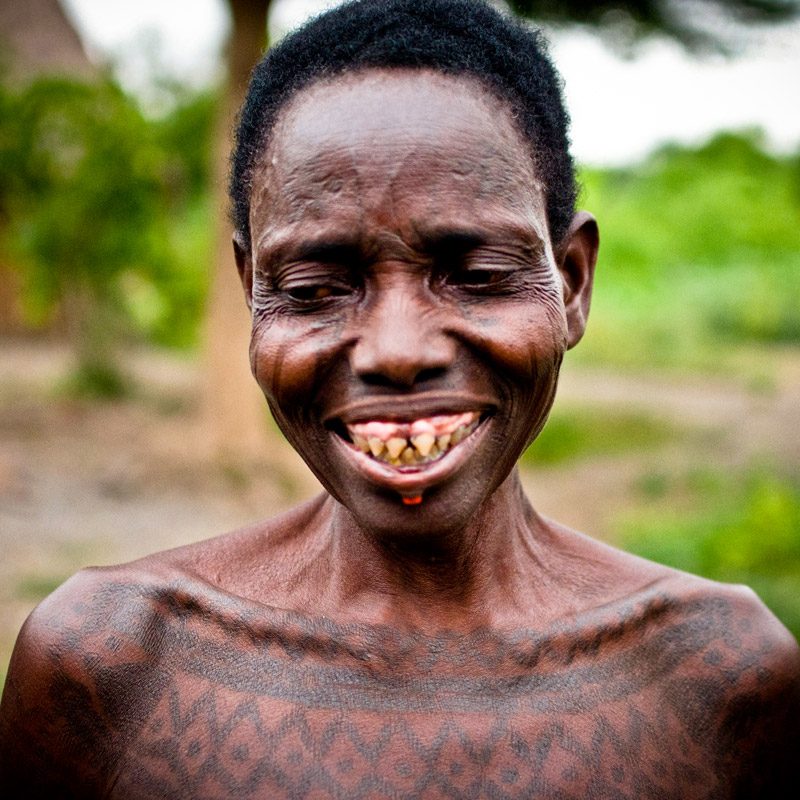
Meeting with Ije woman with traditional tattoos and sharp teeth during ethnographic trip to Benin
Traditional Ije tattoos and scarifications
Formerly, the Ije of Southeast Benin Republic marked the body with extensive scar tattoos called 'kolo'. They were a form of beautification and proclaimed the courage of the bearer. Women were the primary recipients. The patterns were acquired before marriage and prepared women for childbirth. They were gradually applied to the body over several sessions.
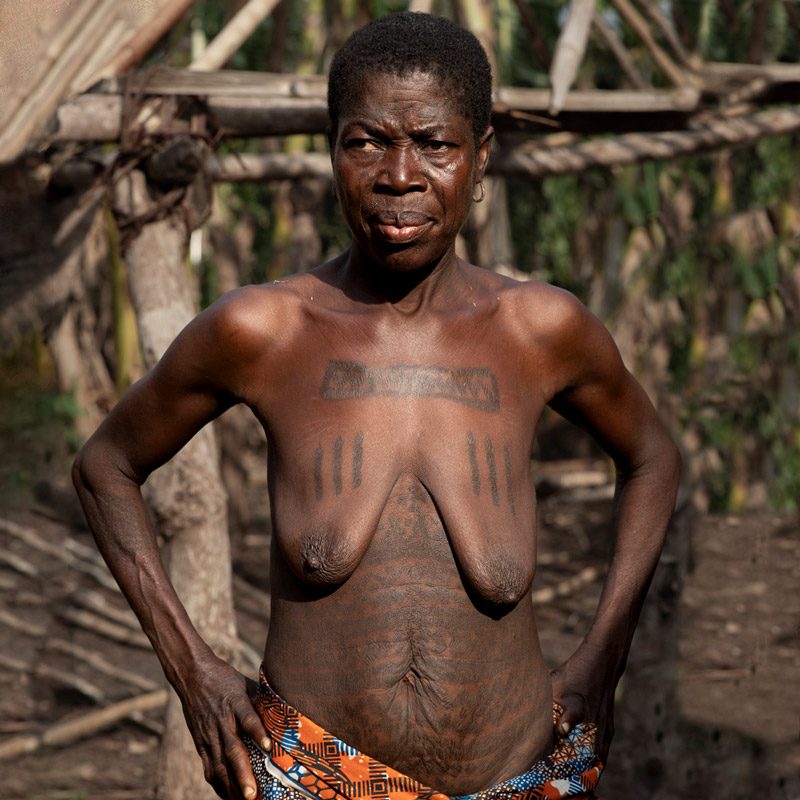
Ohori woman with traditional tattoos during trip to Benin
Ije tattoo masters were highly sought after and held in great regard. Tattooists, priests, or village healers inserted herbal remedies into these incisions. Short vertical scarifications placed beneath the eyes of children prevented them from trembling, a condition caused by spirits. Herbal infused cuts near the mouth might add to a hunter’s courage and increase his memory. Magical tattoos were employed to attract specific deities or their spiritual familiars into the bodies of the initiated. Also, small cuts were made on the crown of the head and special herbs were applied to 'activate' the vital essence of the deity itself.

Ohori woman with facial scarifications during trip to Benin
Challenges of the Ije tribe
Tattoo practice stopped in the early 1980s when Christian missionaries came to Ije land and started influencing the local traditions. Scarification is still widespread but tattooing is a fading tradition that will disappear with the last generation of fully tattooed women. At Last Places we are trying to revive this practice by bringing tattoo masters from other parts of Africa, such as Nigeria and Niger, and also from Europe to see ways of how this living art may survive in the future.
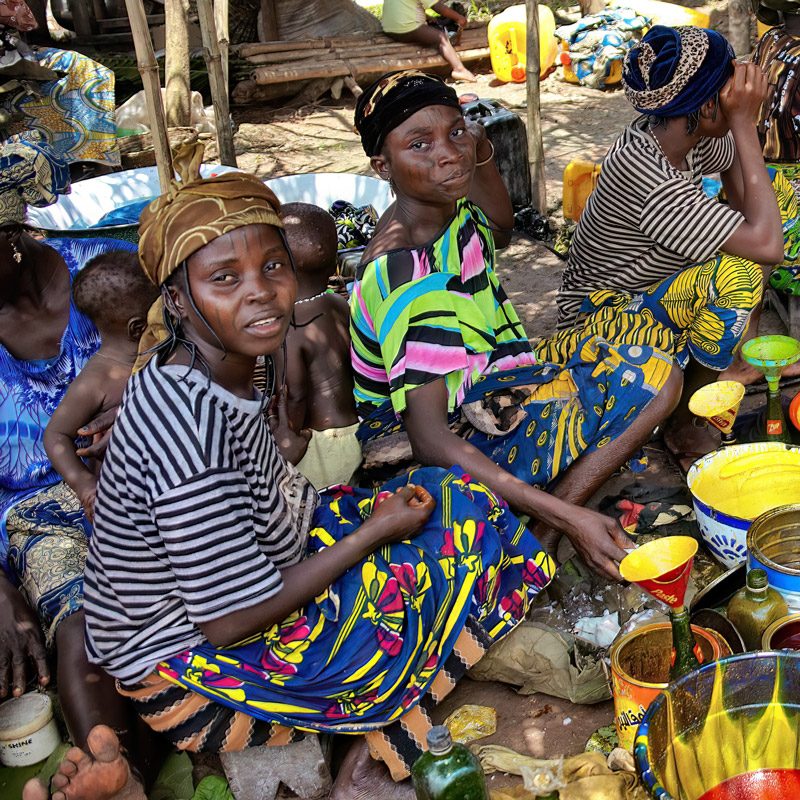
Visit to an Ije market during a trip to Benin
You can learn more about the Ije tribe of Benin at www.101lasttribes.com
© Photos by Edith Scharffenberg, Jordi Zaragozà Anglès and Aníbal Bueno taken during a trip to Benin.
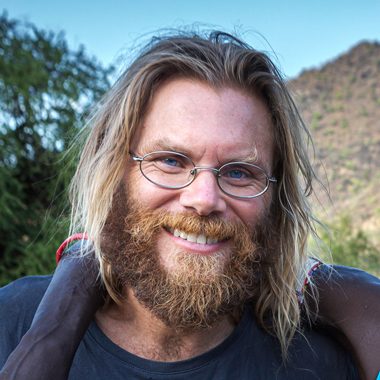

 ES
ES